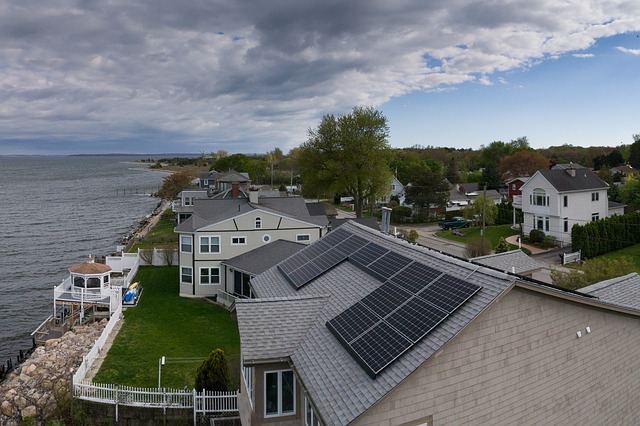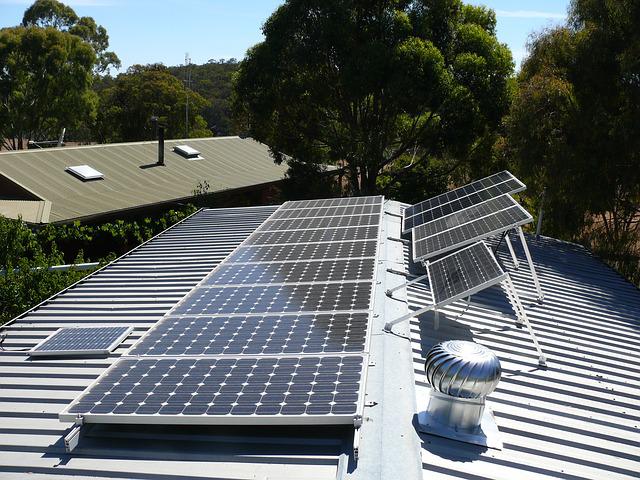If you’re interested in solar and ready to go green, one of the key questions you’ll most likely ask is how many solar panels do I need on Maui? There are several key factors to consider arriving at the right answer of the number of solar panels you need on Maui.
Factors that determine the number of solar panels I need on Maui
The following are the key factors that help me figure how many solar panels I need on Maui:
1. System efficiency based on solar panel types
How efficient is the solar panels I want to buy. There are various types of solar panels on Maui. These include Monocrystalline, polycrystalline, and thin-film solar panels. Here’s how these solar panels are different based on their efficiency levels:

Monocrystalline Solar Panels
Monocrystalline solar panels are the most developed of the three types of solar panels. The monocrystalline cells, when fully formed, looks like squares without corners and have little spaces between them. Although you can select from a number of colors for the frames and back sheets, these sorts of solar cells will seem black due to the pure silicon in them. Find out the most efficient solar panels on Maui.
Polycrystalline Solar Panels
Polycrystalline solar panels are becoming more popular due to their efficiency. Although polycrystalline cells are produced using a more recent technology, they still employ silicon, just as monocrystalline solar panels.
The cells of polycrystalline crystals appear blue when sunlight reflects on them. Fragmented silicon will look lighter and more bluish in color as opposed to pure silicon, which appears black in sunlight. There are no gaps between the square-shaped polycrystalline panels. Silver is the most common color for frames.
Thin-Film Solar Panels
This kind of solar panel is the most recent. Due to its special flexibility and manufacturing method, thin-film solar panels are the most adaptable of the three. They may be created from a variety of materials, including amorphous silicon, copper indium gallium selenide (CIGS), and cadmium telluride (CdTe) (a-Si).
The thin look of this type of solar panel makes it simple to recognize; thin-film solar panels are roughly 350 times thinner than solar panels built from silicon wafers. However, the frames of thin-film solar panels can still be substantial and look similar to those of the other two. These panels typically come in black or blue, though the color will depend on the material
2. Hours of Sunlight
Your home’s exposure to sunlight will directly affect how much energy your solar panels can produce. If you live somewhere where the sun doesn’t shine for long periods of time, you’ll need more solar panels. Discover how solar panels work on Maui.
3. Wattage of Your Panels
Most solar panels have wattages per panel that range from 150 to 350 watts. You will require more panels with lower wattages to produce enough electricity for your home. That, of course, assumes that you’d prefer to use solar energy to completely replace all of your current energy needs. The difference in solar panel power might not be that significant if you’re only anticipating a partial conversion.

